The first is the Yen Tu – Vinh Nghiem – Con Son, Kiep Bac Monuments and Landscape Complex, located in the provinces of Quang Ninh, Bac Ninh and Hai Phong city. The second heritage is the combination of Phong Nha – Ke Bang National Park (Vietnam) and Hin Nam No National Park (Laos), creating the first cross-border natural heritage of the two countries.
UNESCO’s recognition of two new heritage sites in 2025 affirms the outstanding global value of Vietnamese culture and nature, while contributing to enhancing the country’s status, promoting tourism , preserving heritage and strengthening international cooperation. This is an important milestone in the journey of preserving national identity and sustainable development.
Important turning point
The event of the Yen Tu - Vinh Nghiem - Con Son, Kiep Bac relic and landscape complex being recognized by UNESCO as a World Heritage Site marks an important turning point in the work of preserving and promoting the cultural and spiritual values of Vietnam. Stretching across three provinces in the North, this complex is not only the cradle of Truc Lam Zen but also a place to preserve many relics associated with national history, Buddhist thought and outstanding figures such as Tran Nhan Tong, Tran Hung Dao and Nguyen Trai.
The center of the complex is Yen Tu mountain, where King Tran Nhan Tong, after abdicating the throne, became a monk and founded the Truc Lam Zen sect - a Zen sect imbued with the Vietnamese spirit. With dozens of sacred ancient pagodas, hermitages, and towers scattered along the mountain's height, Yen Tu is not only a symbol of Buddhism but also a major pilgrimage site of the whole country. Hoa Yen pagoda, Dong pagoda, and Hue Quang tower garden all bear the unique traditional architectural and cultural imprints of Vietnam. In addition to its religious value, the natural landscape here also creates a peaceful space, a harmony between humans and the universe.
Pine trees in Yen Tu. Photo: Quoc Le.
Vinh Nghiem Pagoda in Bac Ninh is a center for training talented monks and preserving thousands of Buddhist scripture woodblocks, recognized by UNESCO as a World Documentary Heritage since 2012. This place used to be a large Buddhist institution under the Tran Dynasty, where eminent monks spread Truc Lam teachings and contributed to shaping pure Vietnamese Buddhist culture. Traditional festivals such as the annual Vinh Nghiem festival continue to be maintained, demonstrating the vitality of heritage in contemporary life.
Con Son – Kiep Bac in Hai Phong is a typical cultural and historical space, associated with national heroes such as Hung Dao Dai Vuong Tran Quoc Tuan and cultural celebrity Nguyen Trai. Con Son Pagoda, Kiep Bac Temple and Thanh Hu Cave are all sacred places, marking major events in Dai Viet history. During each festival season, tens of thousands of people and tourists from all over the world flock here to burn incense, remember the merits of their ancestors and find peace of mind.
The close connection between the three relic clusters is not only geographical but also spiritual and philosophical, creating a harmonious cultural and religious whole, reflecting the depth of thought of the Vietnamese people. UNESCO's recognition of the Yen Tu - Vinh Nghiem - Con Son, Kiep Bac complex as a World Cultural Heritage not only recognizes the tangible and intangible values of the relics, but is also an opportunity to elevate the status of Vietnam's cultural heritage on the global cultural map. This is a clear demonstration of the intersection between nature, history and spirituality, contributing to enriching the world's cultural treasure.
Global value
With UNESCO officially recognizing Phong Nha – Ke Bang National Park and Hin Nam No National Park as international natural heritage sites, for the first time Vietnam and Laos possess a common heritage of global value. This is a breakthrough in cross-border nature conservation cooperation, while opening up many opportunities for scientific research, sustainable development and regional ecotourism.
Phong Nha – Ke Bang National Park in Quang Tri province was first recognized by UNESCO in 2003 for its special geological and geomorphological values. With an area of over 120,000 hectares, it owns the world's leading majestic cave system such as Son Doong, Phong Nha, Thien Duong, and ancient limestone mountain ranges dating back over 400 million years. The primeval forest in Phong Nha – Ke Bang is home to thousands of rare species of animals and plants, many of which are globally endangered. This is also where international scientists continue to discover many new species and unexplored scientific values.
Inside Phong Nha Cave. Photo: Quoc Le.
Hin Nam No National Park is located in Khammouane Province, Laos, bordering Phong Nha – Ke Bang National Park across the Truong Son mountain range. This land covers an area of over 82,000 hectares, characterized by deep limestone caves, underground rivers and semi-evergreen tropical forest ecosystems. Hin Nam No is not only an important ecological buffer zone but also a long-standing home to many Lao ethnic minority communities with a lifestyle in harmony with nature.
The connection between the two national parks is not only based on the continuous terrain of the Truong Son range but also on the similarities in landscape, ecosystem and biodiversity value. Both places have vast primary forests, rich vegetation and rare animals such as saola, Hatinh langur, Indochinese tiger and many endemic birds and reptiles. This is also an area that plays a key role in maintaining the important biological corridor of the Mekong sub-region.
UNESCO’s recognition of Phong Nha – Ke Bang and Hin Nam No as a common heritage not only honors the majestic beauty of nature, but also affirms the importance of cross-border conservation cooperation. This recognition of common heritage emphasizes the role of transboundary ecosystems and international cooperation in protecting highly interconnected natural areas, and is a testament to the commitment of Vietnam and Laos to protect the environment, biodiversity and preserve precious natural values for future generations. This event also creates a strong driving force to promote sustainable tourism development, raise public awareness and affirm the position of Southeast Asia on the map of World Natural Heritage.
Source: https://khoahocdoisong.vn/su-that-ve-2-tan-di-san-the-gioi-o-viet-nam-post2149042368.html


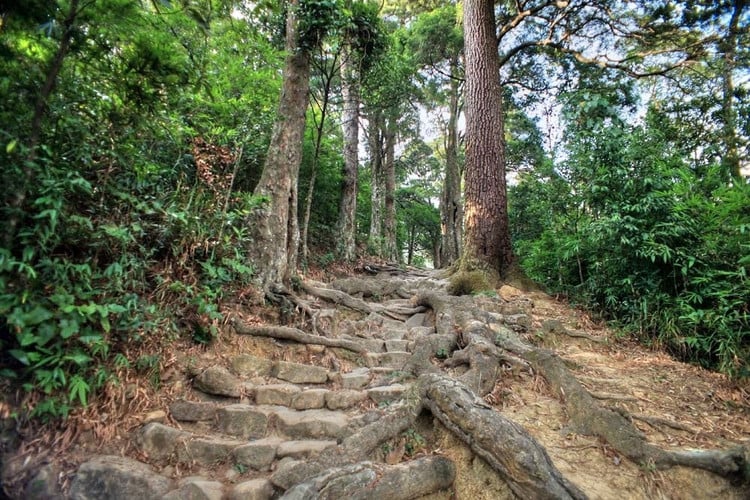
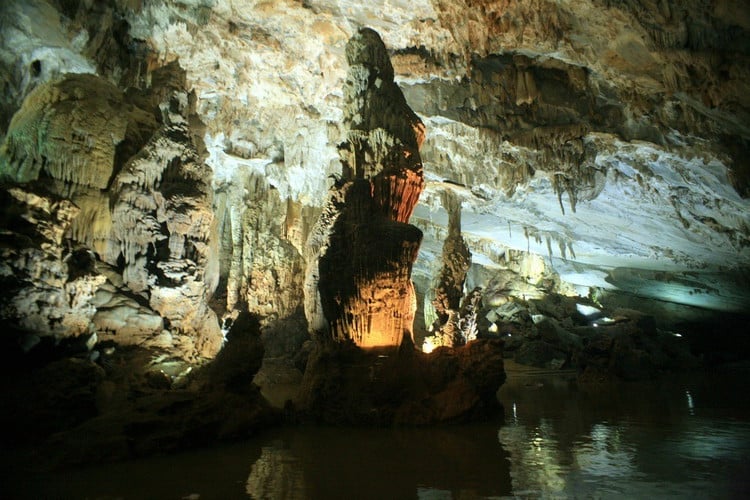
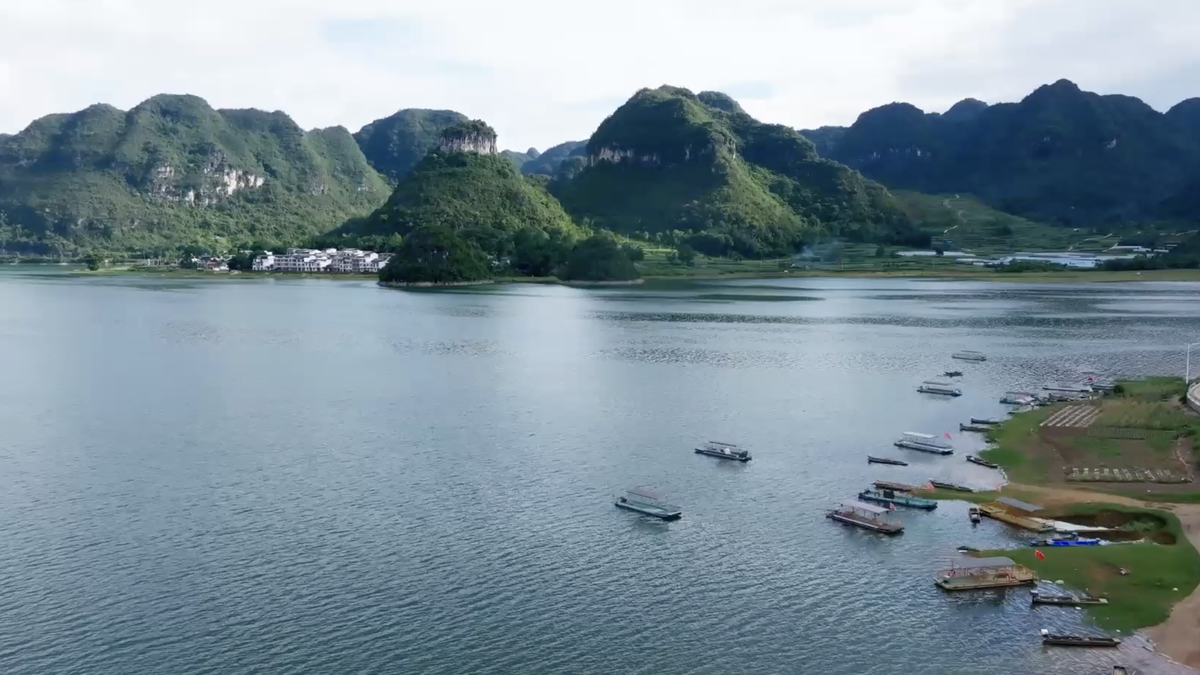
![[Photo] General Secretary To Lam and National Assembly Chairman Tran Thanh Man attend the 80th Anniversary of the Traditional Day of the Vietnamese Inspection Sector](https://vphoto.vietnam.vn/thumb/1200x675/vietnam/resource/IMAGE/2025/11/17/1763356362984_a2-bnd-7940-3561-jpg.webp)
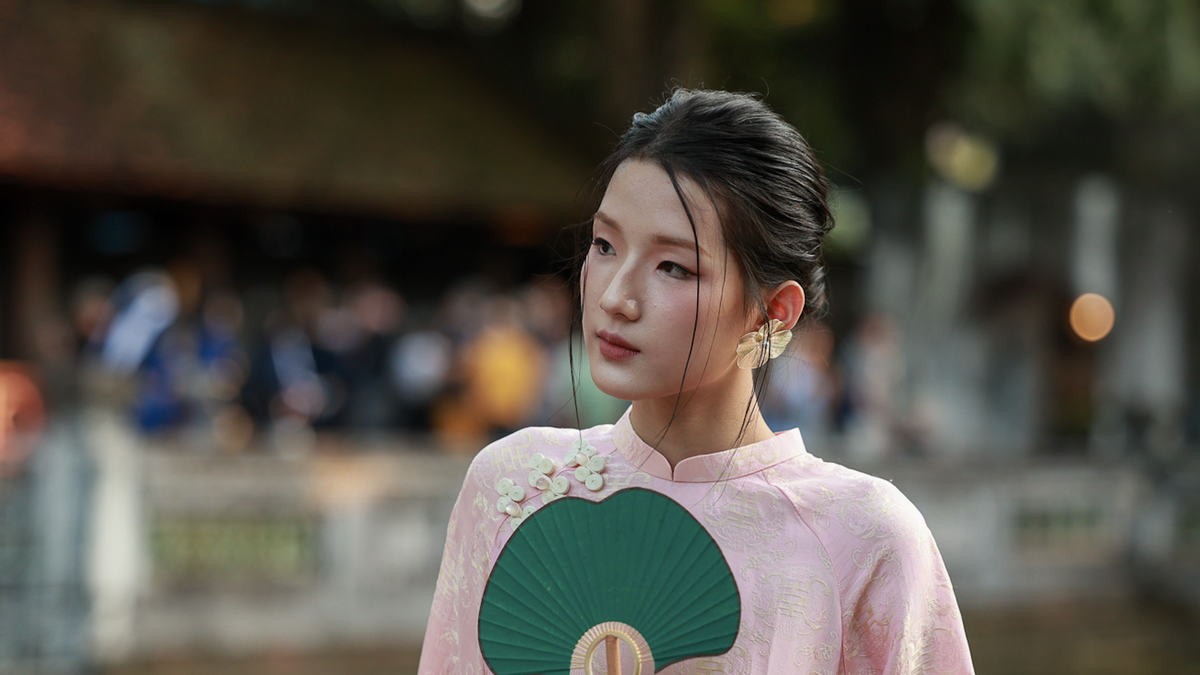
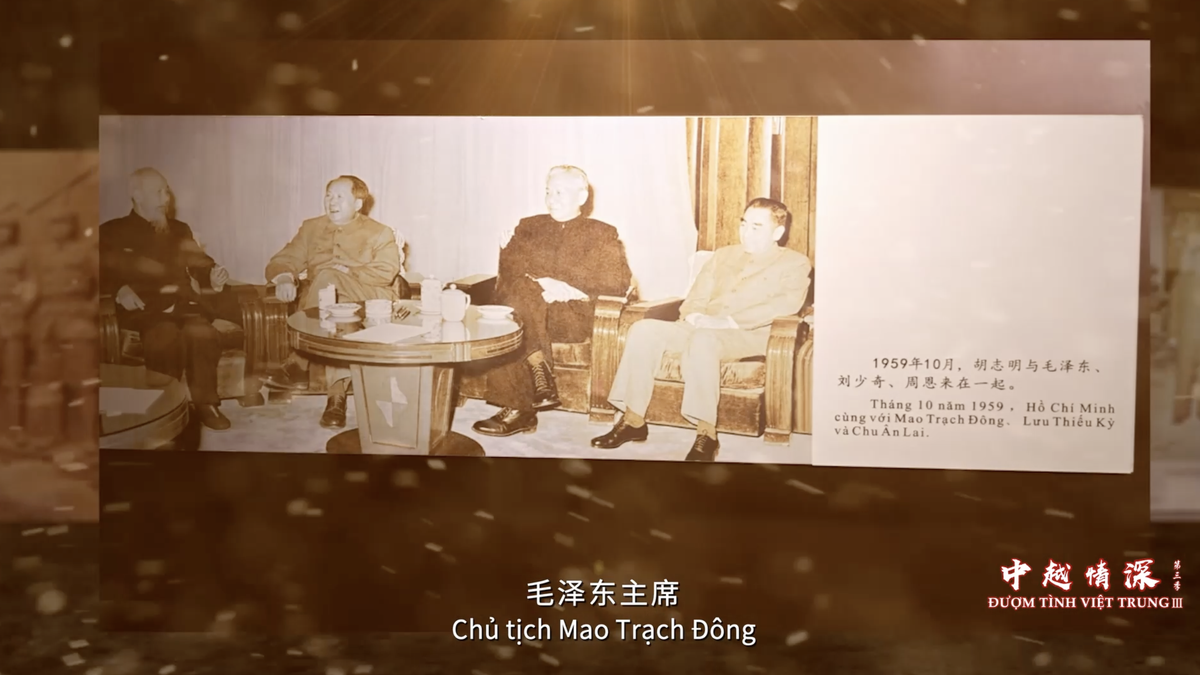


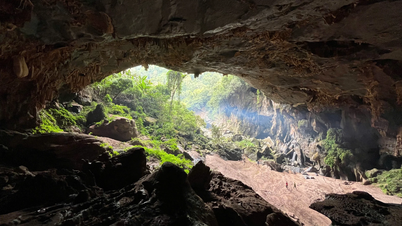

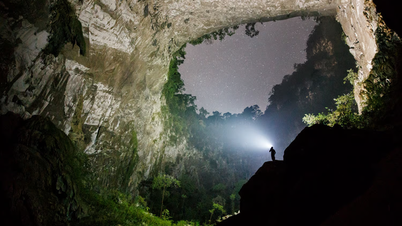



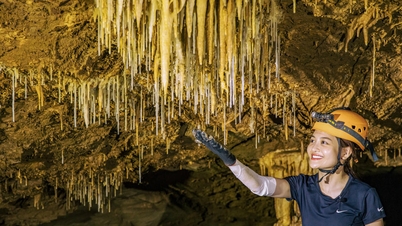

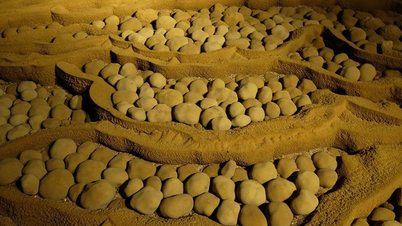




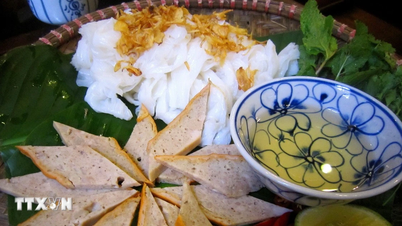

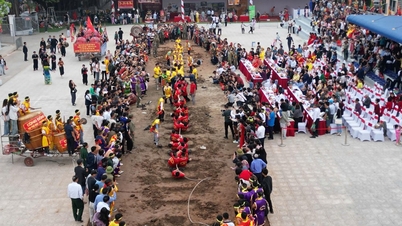

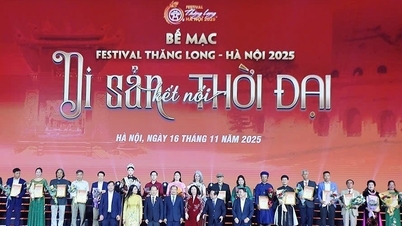



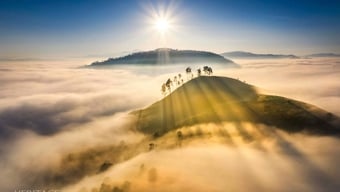
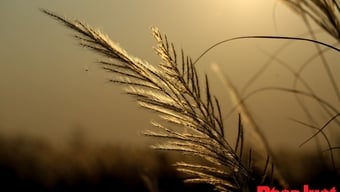

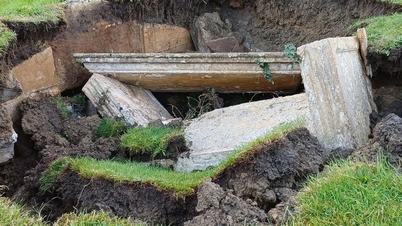


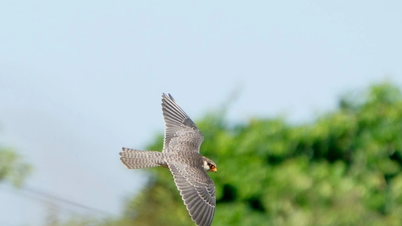

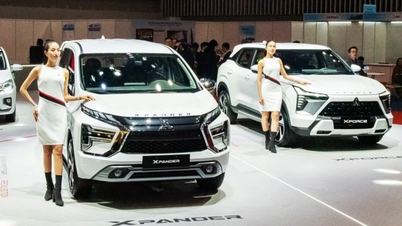


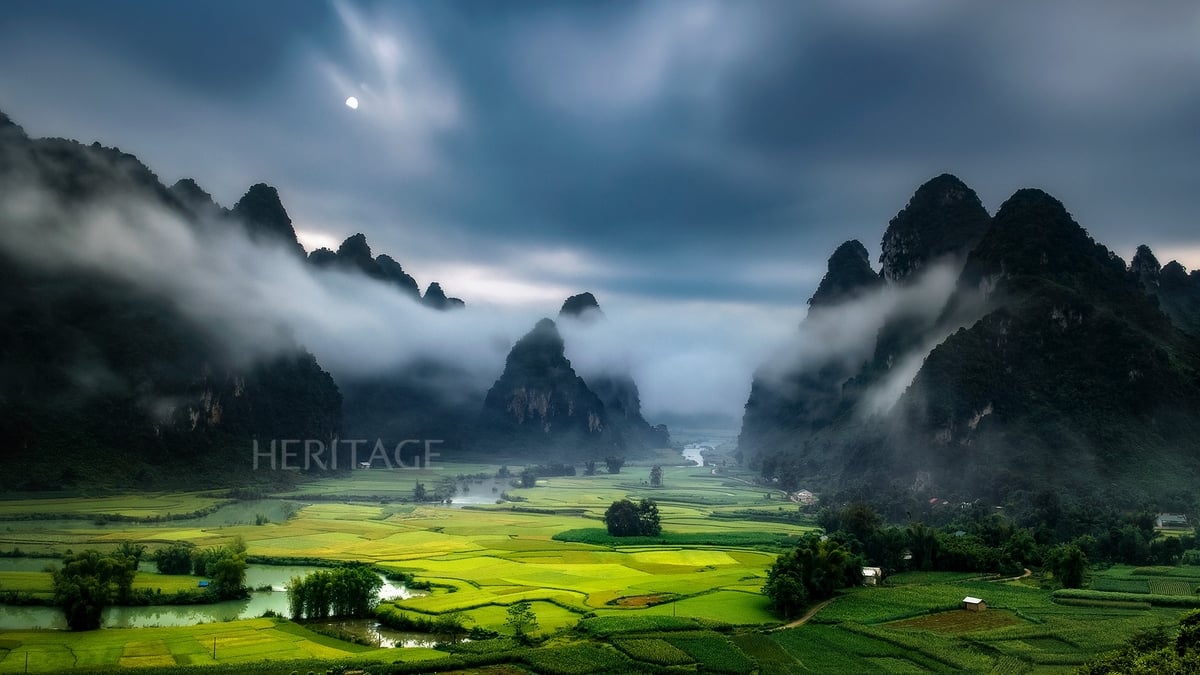
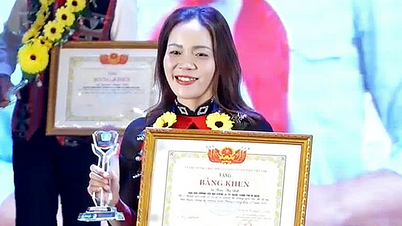





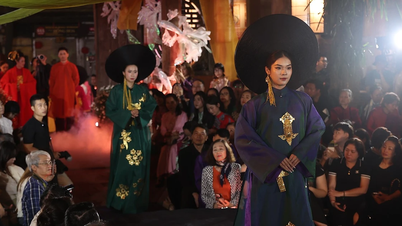
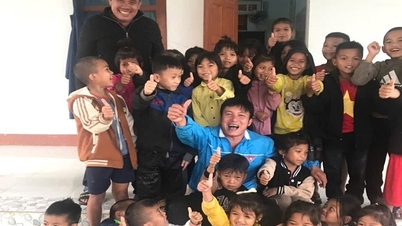
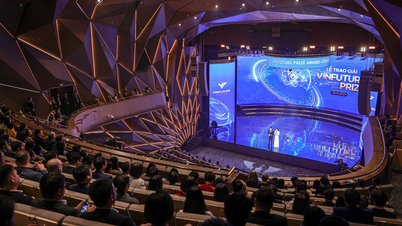

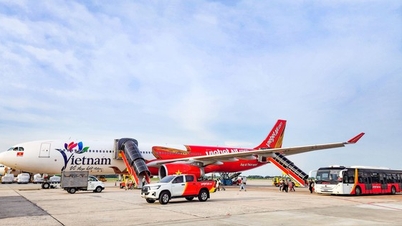


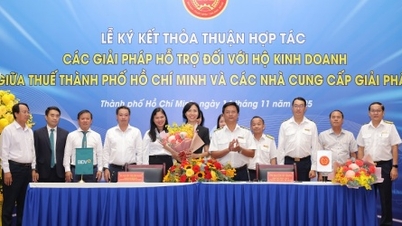



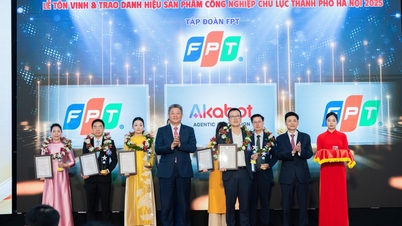







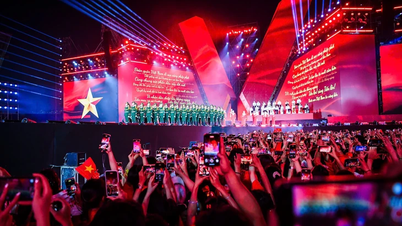

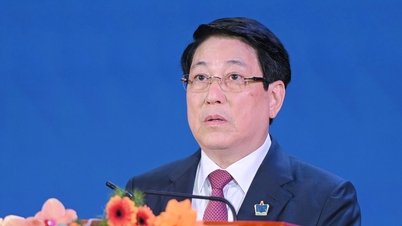


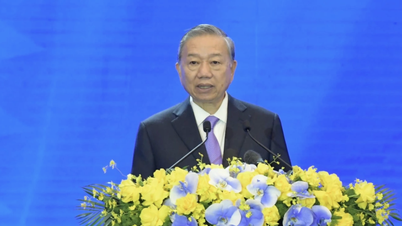


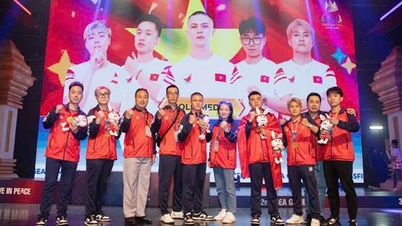





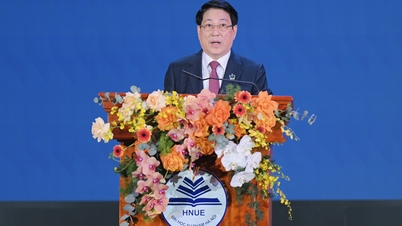



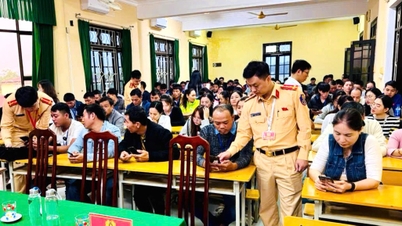




















Comment (0)